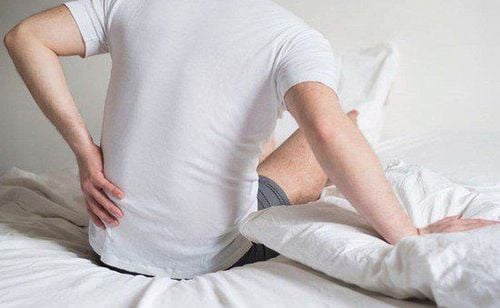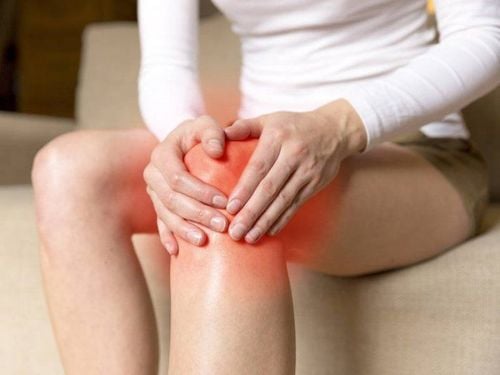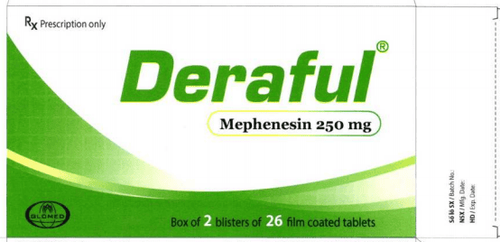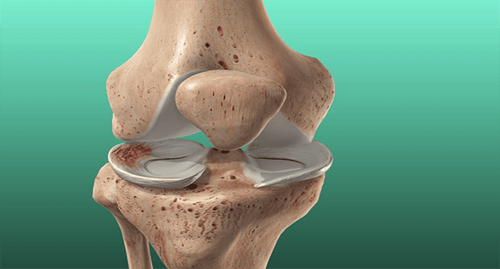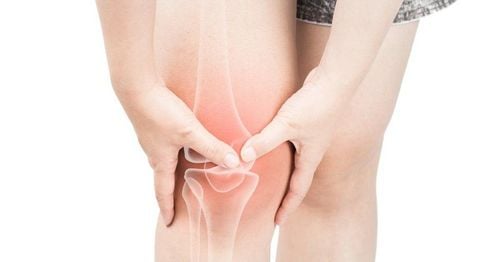This is an automatically translated article.
Meniscus tear is a very common injury in the context of knee injuries. Conservative or surgical treatment depends on the characteristics of the lesion. In addition, another issue that needs attention is the rehabilitation of meniscus tear after surgery. So what are the knee meniscus tear rehabilitation exercises?
1. Recovery of meniscus tear stage 1
Stage 1 is about 1 week after meniscus tear surgery. Rehabilitation exercises for meniscus tear at this time are very important, playing a great role in restoring the mobility of the knee joint later. The primary goals of stage 1 meniscal tear rehabilitation exercises are to control pain, combat joint swelling, return to knee range of motion, and engage in quadriceps static contraction. Specifically as follows:
The patient can use drugs such as pain relievers, anti-edematous and antibiotics Cold compress the knee joint after surgery, each application lasts about 20 minutes and should be spaced every 2 hours/time
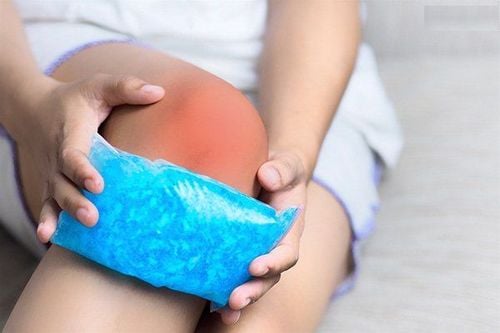
Chườm lạnh giúp giảm cơn đau sau phẫu thuật rách sụn chêm
Have the patient wear a thigh brace with the knee fully extended. This helps limit the negative impact on the meniscus after surgery. This brace needs to be maintained continuously day and night. Encourage the patient to move the knee flexion and extension early, starting from the 2nd day after surgery. However, it should be noted that the patient must not bend the knee more than 90 degrees (because the brace must be removed when exercising) and the knee joint should only be slightly flexed in the sitting position or when the patient is not walking Instruct the patient to exercise the thigh muscles: Posture The knee is fully extended, the patient tenses 20 times, each time lasts about 5 seconds and should do the exercise 3 times a day. The next knee meniscus tear rehabilitation exercise is for the patient to straighten the knee, can be in a lying or sitting position and try to maintain this position for 5 minutes and do it 3 times a day.
Wearing a splint: This rehabilitation method of meniscus tear helps to maintain movement of the hip and ankle joint During this recovery phase of the meniscus tear, the patient can use crutches when moving (must wear an extension brace). fully knee), encouraging gradual weight-bearing on the surgical leg. When the knee pain is completely gone, the patient can fully rest as usual.
2. Stage 2 rehabilitation of meniscus tear
This meniscus tear recovery phase takes place about 2 to 6 weeks after surgery. The exercises at this time are aimed at protecting the knee joint, limiting overexertion and improving the efficiency of wound healing. In addition, the goal is to help the patient regain range of motion in the knee joint, raise the knee flexion limit up to 90 degrees, and begin strength training of the muscle groups. Specific exercises include:
Quadriceps hamstring exercises like stage 1: Squeeze 20 times, each time lasts about 5 seconds and should do 3 times per day Knee straightening exercise, try Try to hold the pose for about 5 minutes and 3 times a day
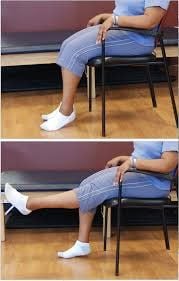
Tập các bài tập giúp nhanh cải thiện chức năng rách rụn chêm
Exercises to restore meniscus tear after surgery followed by bending and stretching the knee every time the brace is removed, 20 movements each time, about 3 times per day. However, the patient should not bend the knee more than 90 degrees. Try to contract the static muscle on the entire side of the surgery. Squeeze the muscles to raise the leg straight, maintain for about 5 seconds and then bend the knee. Note that the patient during the recovery process of the meniscus tear should maintain the ankle joint movement, the hip joint in the straightened knee position Each When the patient is standing, try to transfer the body weight to the surgical leg. The next meniscus tear rehabilitation exercise is for the patient to shrug, put the body weight on the toe, hold for 1 second and perform About 20 movements each time The patient can practice downing, let the knee bend about 45o, maintain for 5 seconds and then slowly stand up. Each time should do about 20 movements At this stage, when moving, the patient should maintain the brace, straighten the knee, and use crutches and the surgical leg to bear the weight of the body. However, if you feel pain in your knee, don't try too hard. During this period of meniscus tear recovery, the patient can flex the knee while sitting and after 4 weeks, the brace can be removed when moving.
3. Stage 3 of meniscus tear rehabilitation process
The goal of this meniscus tear recovery phase is to increase load bearing capacity in the surgical leg, then regain full knee range of motion and improve muscle strength.
Rehabilitation exercises for knee meniscus tear during this period include:
Active knee flexion and extension exercises to fully restore normal joint range of motion Start giving up crutches to practice walking slowly The patient continues maintain the rehabilitation exercises of meniscus tear after surgery in the previous stages The patient needs to stand on the operated leg to fully restore the bearing capacity The patient can practice converting from a sitting position to a sitting position. stand slowly At this stage, the patient can completely switch to resistance knee flexion and extension with exercise machines or assistive devices to limit excessive twisting of the knee joint Some other restorative exercises can Applications include: walking up and down stairs, cycling for 10-20 minutes. However, at this stage of rehabilitation of meniscus tear, the patient cannot run and play sports.
4. Stage 4 of the knee meniscus tear recovery process
In the final stage of recovery, the patient can start jogging. And after 6 months of surgery completely return to sports activities.
In some cases of vigorous exercise returning to cause swelling of the knee joint, the patient needs to use the necessary additional drugs (anti-inflammatory drugs, anti-edema), stop vigorous activities, apply cold. When the knee joint has reduced swelling, the patient can continue to exercise normally.
In summary, rehabilitation in people with torn meniscus of the knee joint always needs to be patient and follow the instructions of a specialist doctor. This helps the patient's health to recover better as well as minimize the unnecessary effects on health.




